Home>Furniture & Design>Interior Design Trends>How Long After A Glass Of Wine Can I Drive


Interior Design Trends
How Long After A Glass Of Wine Can I Drive
Published: February 6, 2024
Discover the latest interior design trends and find out how long you should wait after a glass of wine before driving. Stay informed and stay safe.
(Many of the links in this article redirect to a specific reviewed product. Your purchase of these products through affiliate links helps to generate commission for Storables.com, at no extra cost. Learn more)
Introduction
The enjoyment of a glass of wine is a cherished social activity for many individuals. Whether it's a casual gathering with friends or a romantic dinner, savoring a glass of wine can enhance the experience. However, the responsibility of ensuring safety, particularly when it comes to driving after consuming alcohol, is paramount. Understanding the effects of alcohol on the body and the time required to sober up is crucial for making informed decisions about driving after indulging in a glass of wine.
In this article, we will delve into the intricacies of blood alcohol content (BAC), the factors that influence BAC levels, and the time required for the body to metabolize alcohol. Additionally, we will explore the legal limits for driving under the influence and provide practical tips for safe drinking and driving. By gaining a comprehensive understanding of these aspects, individuals can make informed choices to prioritize safety while enjoying alcoholic beverages.
The consumption of alcohol can have varying effects on individuals, and it's essential to recognize the impact it can have on cognitive and motor functions. With this knowledge, individuals can approach the consumption of alcohol responsibly and take the necessary precautions to ensure the safety of themselves and others on the road. Let's embark on this insightful journey to understand the dynamics of alcohol consumption and its implications for driving.
Key Takeaways:
- Enjoying a glass of wine is great, but wait at least 5.5 hours after drinking to drive safely. Factors like body weight and food intake can affect how long it takes to sober up.
- To stay safe while drinking, designate a sober driver, use ride-sharing services, and monitor alcohol intake. Prioritize safety and responsible decision-making to prevent impaired driving.
Understanding Blood Alcohol Content (BAC)
Blood Alcohol Content (BAC) serves as a crucial metric for assessing the level of alcohol present in an individual's bloodstream. It is typically expressed as a percentage, representing the proportion of alcohol in the blood. BAC is influenced by various factors, including the quantity and type of alcohol consumed, the duration of consumption, and individual characteristics such as weight, metabolism, and tolerance to alcohol.
When alcohol is consumed, it is rapidly absorbed into the bloodstream through the walls of the stomach and the small intestine. From there, it is distributed throughout the body, including the brain, where it exerts its effects on cognitive and motor functions. The liver plays a pivotal role in metabolizing alcohol, breaking it down into byproducts that can be eliminated from the body.
The effects of alcohol on the body are directly correlated with BAC levels. As BAC increases, individuals may experience a range of effects, including impaired judgment, reduced coordination, and diminished cognitive abilities. At higher BAC levels, the risk of severe impairment and alcohol poisoning becomes a significant concern.
It's important to note that BAC levels can vary widely among individuals, even when consuming the same amount of alcohol. Factors such as body composition, hydration levels, and the presence of food in the stomach can significantly influence how alcohol is absorbed and metabolized. Additionally, individual tolerance to alcohol can impact the perceived effects at a given BAC level.
Understanding BAC is essential for making informed decisions about alcohol consumption and its potential impact on driving. By recognizing the relationship between BAC levels and impairment, individuals can gauge their own limits and take proactive measures to ensure their safety and the safety of others. This knowledge also underscores the importance of responsible drinking practices and the need to consider the potential consequences of driving after consuming alcohol.
In the next section, we will explore the various factors that can influence BAC levels, shedding light on the complexities of alcohol metabolism and its implications for determining sobriety.
Factors Affecting BAC
Several factors play a pivotal role in influencing an individual's Blood Alcohol Content (BAC) levels, contributing to the complexities of alcohol metabolism and its impact on sobriety. Understanding these factors is essential for comprehending the variability in BAC levels among individuals and the diverse effects of alcohol consumption. Let's delve into the key determinants that can significantly affect BAC levels:
1. Body Weight and Composition
The distribution of alcohol in the body is influenced by an individual's body weight and composition. Generally, individuals with a lower body weight tend to reach higher BAC levels after consuming the same amount of alcohol compared to those with a higher body weight. This is attributed to the differences in body water content, as alcohol is primarily distributed in body water. Consequently, individuals with a higher proportion of body fat may experience lower BAC levels due to the reduced water content in their bodies.
2. Metabolism and Tolerance
Metabolism plays a crucial role in the breakdown of alcohol in the body. Individuals with a higher metabolic rate may process alcohol more efficiently, leading to lower BAC levels over time. Moreover, regular alcohol consumption can contribute to the development of tolerance, where the body adapts to the presence of alcohol, potentially affecting the perceived effects at a given BAC level. Tolerance can influence an individual's ability to gauge their level of impairment accurately.
3. Rate of Alcohol Consumption
The speed at which alcohol is consumed can impact BAC levels significantly. Rapid consumption of alcohol leads to a more rapid increase in BAC, as the body may struggle to metabolize the alcohol at the same pace. Conversely, spacing out the consumption of alcoholic beverages allows the body more time to process and eliminate the alcohol, potentially resulting in lower BAC levels.
4. Food Intake and Hydration
The presence of food in the stomach can slow down the absorption of alcohol into the bloodstream, potentially moderating the increase in BAC levels. Additionally, adequate hydration can help dilute the alcohol in the body, potentially mitigating the impact on BAC levels. These factors underscore the importance of consuming alcohol in conjunction with food and maintaining proper hydration to manage BAC levels effectively.
5. Gender and Genetic Factors
Gender differences can influence BAC levels, with women generally experiencing higher BAC levels than men after consuming the same amount of alcohol. This is attributed to variations in body composition and enzyme activity. Furthermore, genetic factors can contribute to individual differences in alcohol metabolism and tolerance, further complicating the predictability of BAC levels.
By considering these multifaceted factors that affect BAC levels, individuals can gain a deeper understanding of the nuances involved in alcohol metabolism and its implications for sobriety. This knowledge underscores the need for responsible drinking practices and the importance of making informed decisions regarding alcohol consumption and driving.
Time Required to Sober Up
The process of sobering up after consuming alcohol is influenced by various factors, including an individual's Blood Alcohol Content (BAC) levels, metabolism, and overall health. While the concept of sobering up is often associated with the passage of time, it's essential to recognize that the body's ability to metabolize alcohol and return to a sober state is not solely determined by the clock. Instead, the time required to sober up is intricately linked to an individual's BAC levels and the rate at which alcohol is processed and eliminated from the body.
As a general guideline, the body typically metabolizes alcohol at an average rate of 0.015 grams per deciliter (g/dL) of blood per hour. This means that if an individual has a BAC of 0.08%, which is the legal limit for driving in many jurisdictions, it would take approximately 5.5 hours for their BAC to reach zero. However, this estimate is subject to significant variability based on individual factors such as metabolism, body composition, and tolerance to alcohol.
Factors such as body weight, metabolism, and the presence of food in the stomach can influence the rate at which alcohol is metabolized. Additionally, hydration levels and overall health can impact the body's ability to process alcohol efficiently. It's important to note that the process of sobering up is not linear and can be affected by the consumption of additional alcohol during the sobering-up period.
Moreover, the perceived effects of alcohol, such as impaired judgment and coordination, may persist even as BAC levels decrease. This underscores the importance of allowing ample time for the body to recover from the effects of alcohol before engaging in activities that require full cognitive and motor function, including driving.
In essence, while time is a crucial factor in the process of sobering up, it is essential to consider the individual variability in alcohol metabolism and the potential lingering effects of alcohol consumption. By recognizing the complexities involved in sobering up, individuals can make informed decisions about their readiness to engage in activities that demand sobriety, thereby prioritizing safety and responsible alcohol consumption.
Read more: How Long After Pest Control Can I Mop
Legal Limits for Driving
The legal limits for driving under the influence of alcohol are established to ensure the safety of individuals on the road and minimize the risks associated with impaired driving. These limits are typically defined in terms of Blood Alcohol Content (BAC), representing the maximum allowable concentration of alcohol in the bloodstream for individuals operating a motor vehicle. Exceeding the legal BAC limit can result in severe legal consequences, including fines, license suspension, and potential criminal charges.
In most jurisdictions, the standard legal limit for BAC while driving is set at 0.08%. This means that if an individual's BAC level reaches or exceeds 0.08%, they are considered legally impaired and are prohibited from operating a motor vehicle. It's important to note that the legal limit may vary in different regions, and some jurisdictions impose lower limits for certain categories of drivers, such as commercial vehicle operators and individuals under the legal drinking age.
The establishment of legal BAC limits serves as a crucial deterrent against impaired driving and underscores the societal commitment to promoting road safety. By clearly defining the threshold for legal impairment, law enforcement agencies can enforce strict measures to prevent individuals from driving while under the influence of alcohol. This, in turn, contributes to reducing the incidence of alcohol-related accidents and safeguarding the well-being of all road users.
Moreover, the enforcement of legal BAC limits is accompanied by stringent penalties for individuals found to be driving above the prescribed limit. These penalties may include fines, license suspension or revocation, mandatory participation in alcohol education programs, and, in severe cases, imprisonment. The severity of these consequences reflects the gravity of impaired driving and emphasizes the imperative of adhering to the legal limits for BAC while operating a motor vehicle.
It's essential for individuals to recognize the ramifications of exceeding the legal BAC limit and to prioritize responsible alcohol consumption, particularly when driving is involved. By adhering to the prescribed limits and refraining from driving after consuming alcohol, individuals can contribute to the collective effort to enhance road safety and mitigate the potential hazards associated with impaired driving.
In the subsequent section, we will explore practical tips for safe drinking and driving, emphasizing proactive measures to ensure responsible alcohol consumption and the safety of individuals on the road.
Tips for Safe Drinking and Driving
Ensuring safety on the road while enjoying alcoholic beverages is a paramount responsibility. By incorporating the following tips into their approach to drinking and driving, individuals can prioritize safety and contribute to the prevention of alcohol-related accidents:
-
Designate a Sober Driver: Before engaging in social gatherings involving alcohol, designate a responsible individual who will abstain from drinking and assume the role of the designated driver. This proactive measure ensures that there is a sober individual available to drive everyone home safely.
-
Utilize Ride-Sharing Services: Take advantage of ride-sharing services such as Uber or Lyft to secure a reliable and safe mode of transportation after consuming alcohol. These services provide a convenient alternative to driving and offer a responsible means of getting home without risking impaired driving.
-
Plan Alternative Transportation: Prior to consuming alcohol, make arrangements for alternative transportation, such as public transit or taxi services, to ensure a safe journey home. Planning ahead eliminates the temptation to drive under the influence and promotes responsible decision-making.
-
Monitor Alcohol Consumption: Be mindful of the quantity of alcohol consumed and pace the intake to avoid reaching high BAC levels. Setting personal limits and monitoring alcohol consumption can help individuals maintain control over their level of impairment and make informed decisions about driving.
-
Stay Hydrated and Eat Adequately: Consuming water and eating a substantial meal before and during alcohol consumption can help moderate the absorption of alcohol and mitigate its effects on BAC levels. Proper hydration and nutrition contribute to responsible drinking practices and support the body's ability to process alcohol effectively.
-
Recognize Signs of Impairment: Be vigilant in recognizing the signs of impairment, such as diminished coordination, slowed reaction times, and impaired judgment. If these signs are evident, refrain from driving and opt for alternative transportation to ensure personal safety and the safety of others on the road.
-
Educate and Advocate: Engage in open discussions about responsible drinking and the dangers of impaired driving with friends, family, and peers. By promoting awareness and advocating for responsible alcohol consumption, individuals can contribute to a culture of safety and accountability within their social circles.
By integrating these practical tips into their approach to drinking and driving, individuals can uphold a commitment to safety and responsible decision-making. Prioritizing the well-being of oneself and others on the road is essential in fostering a culture of responsible alcohol consumption and minimizing the risks associated with impaired driving.
Frequently Asked Questions about How Long After A Glass Of Wine Can I Drive
Was this page helpful?
At Storables.com, we guarantee accurate and reliable information. Our content, validated by Expert Board Contributors, is crafted following stringent Editorial Policies. We're committed to providing you with well-researched, expert-backed insights for all your informational needs.
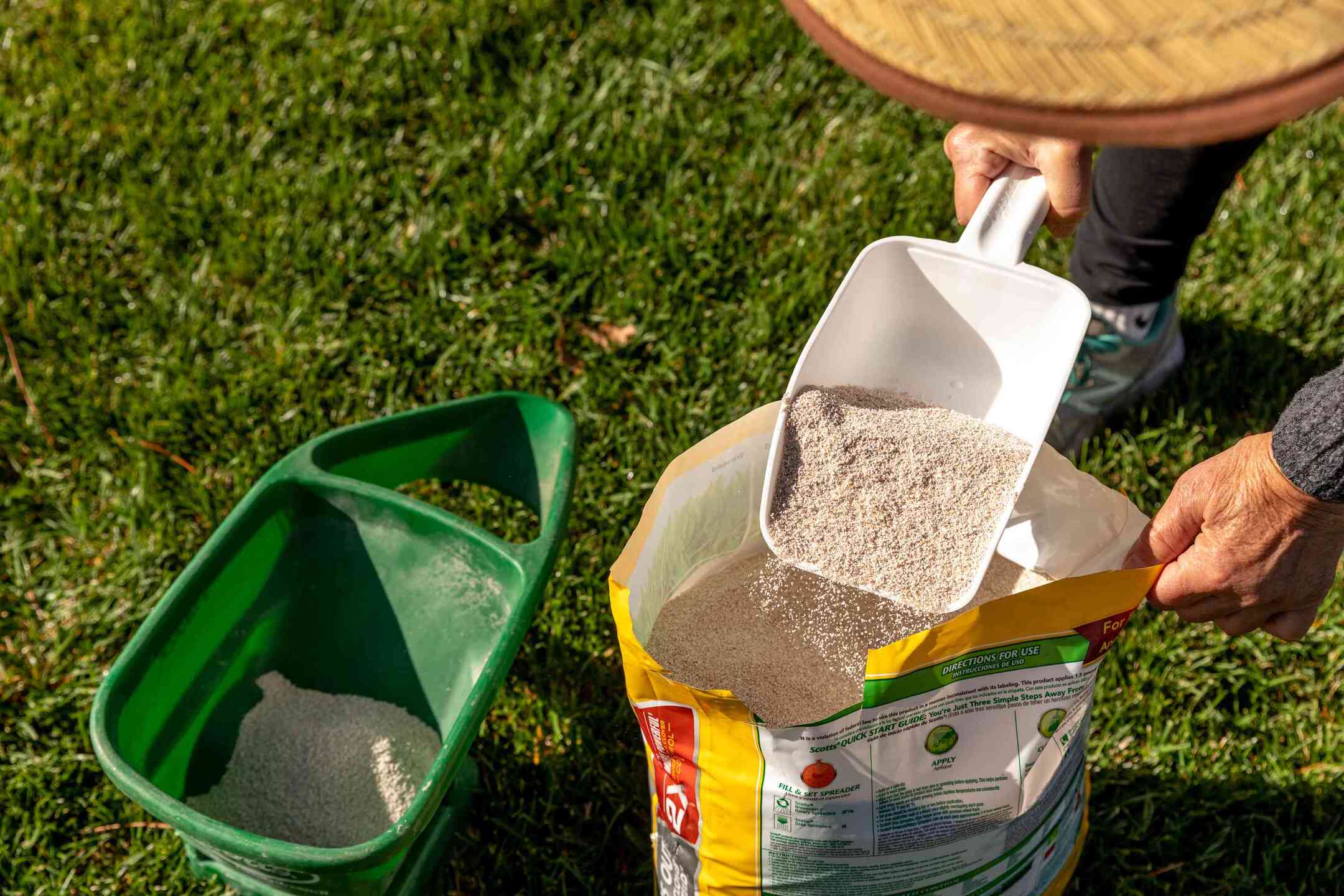

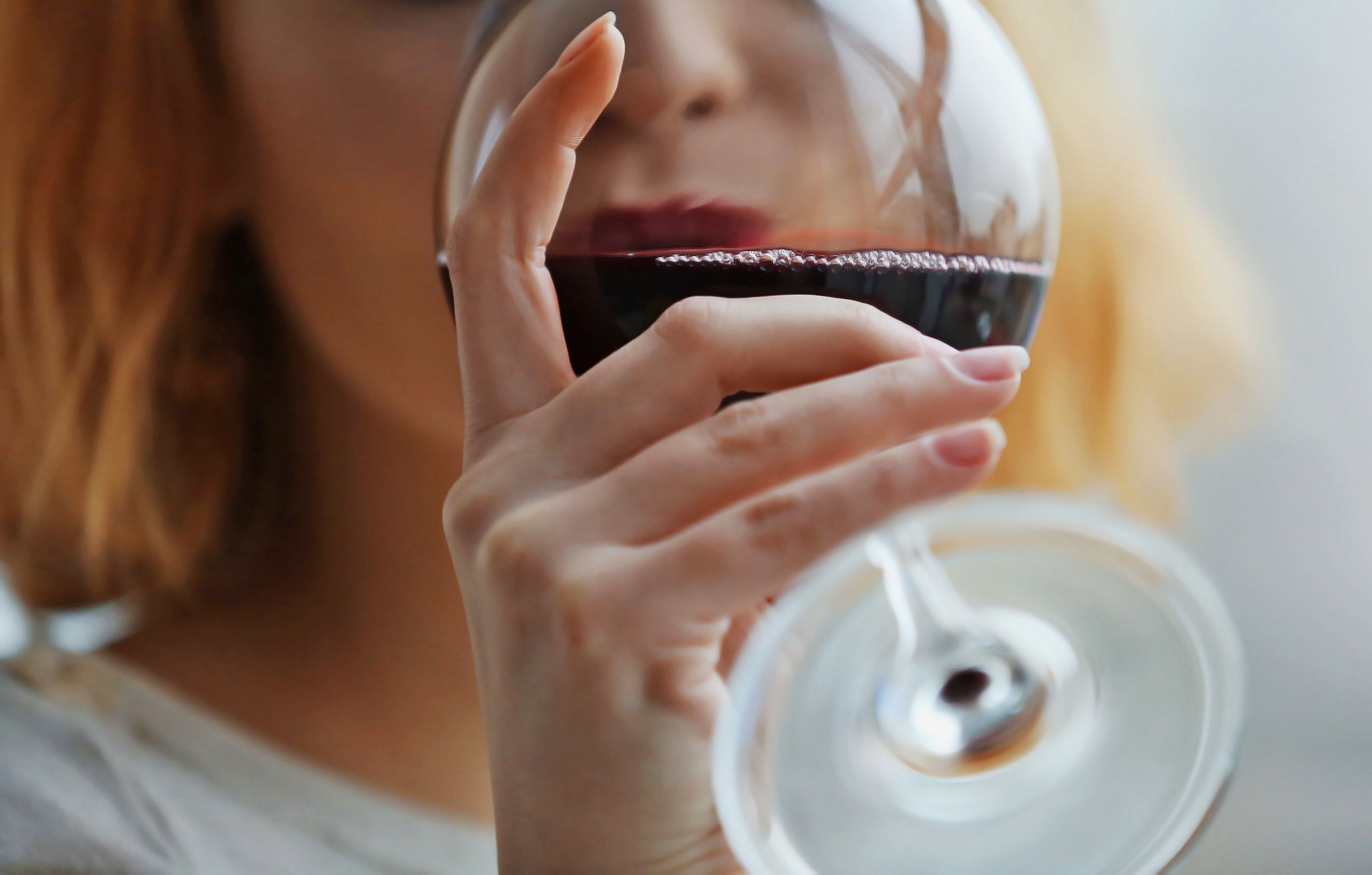
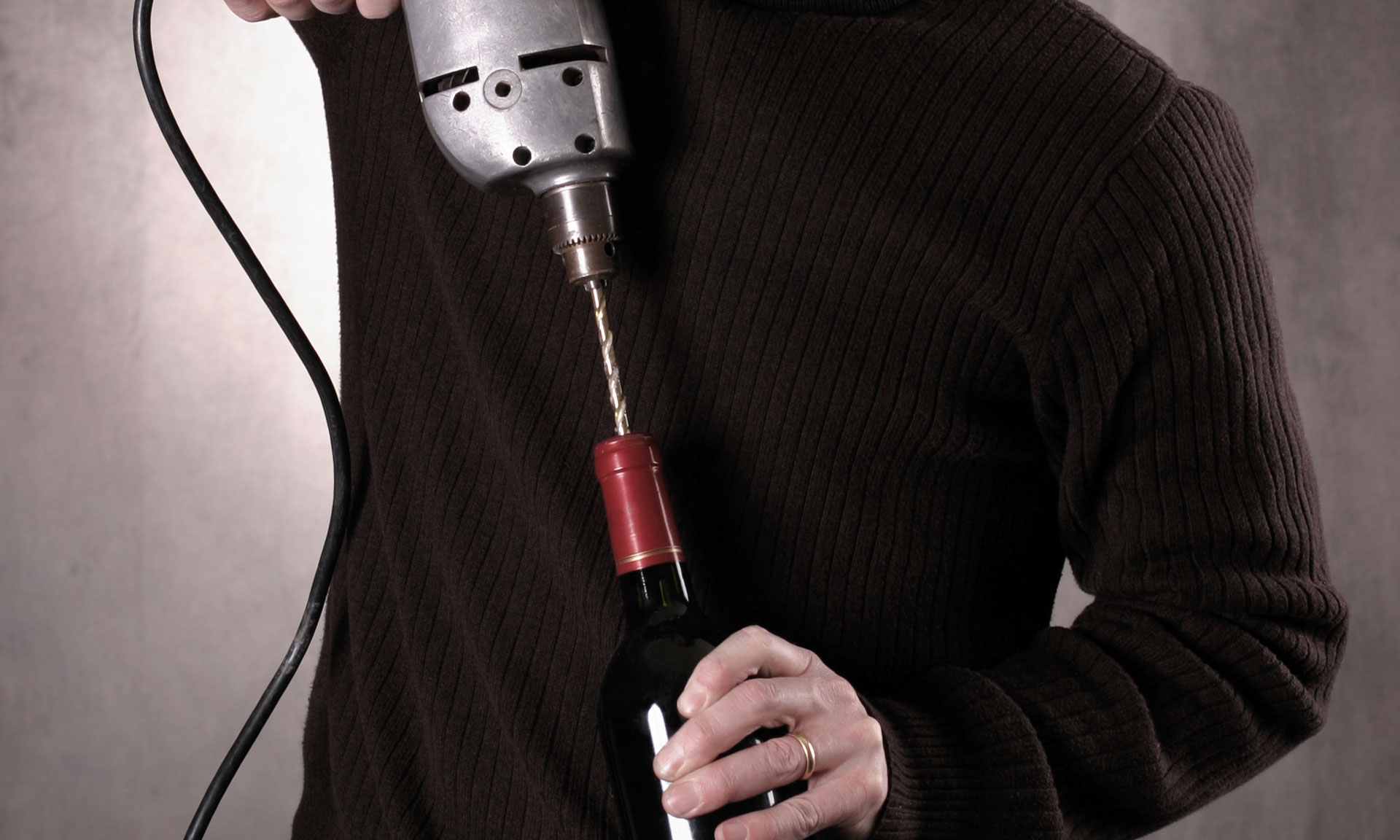
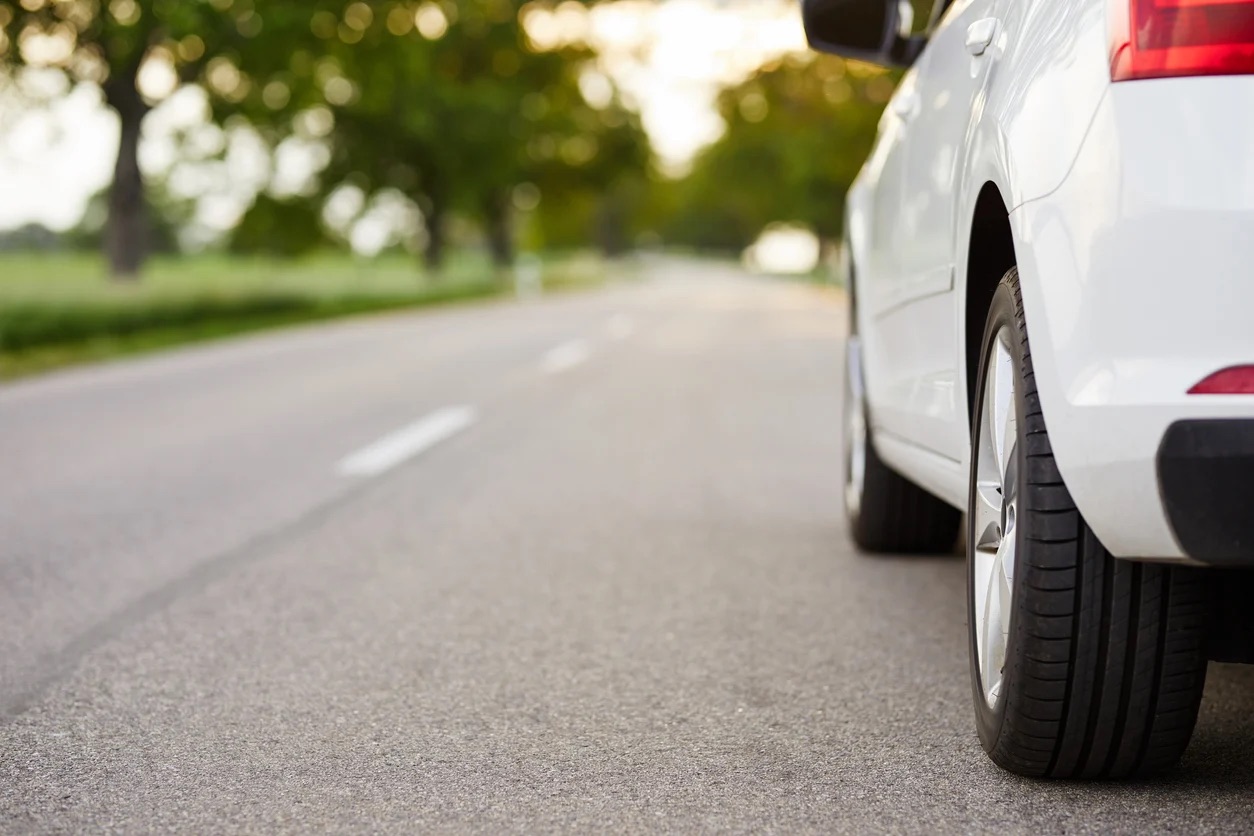




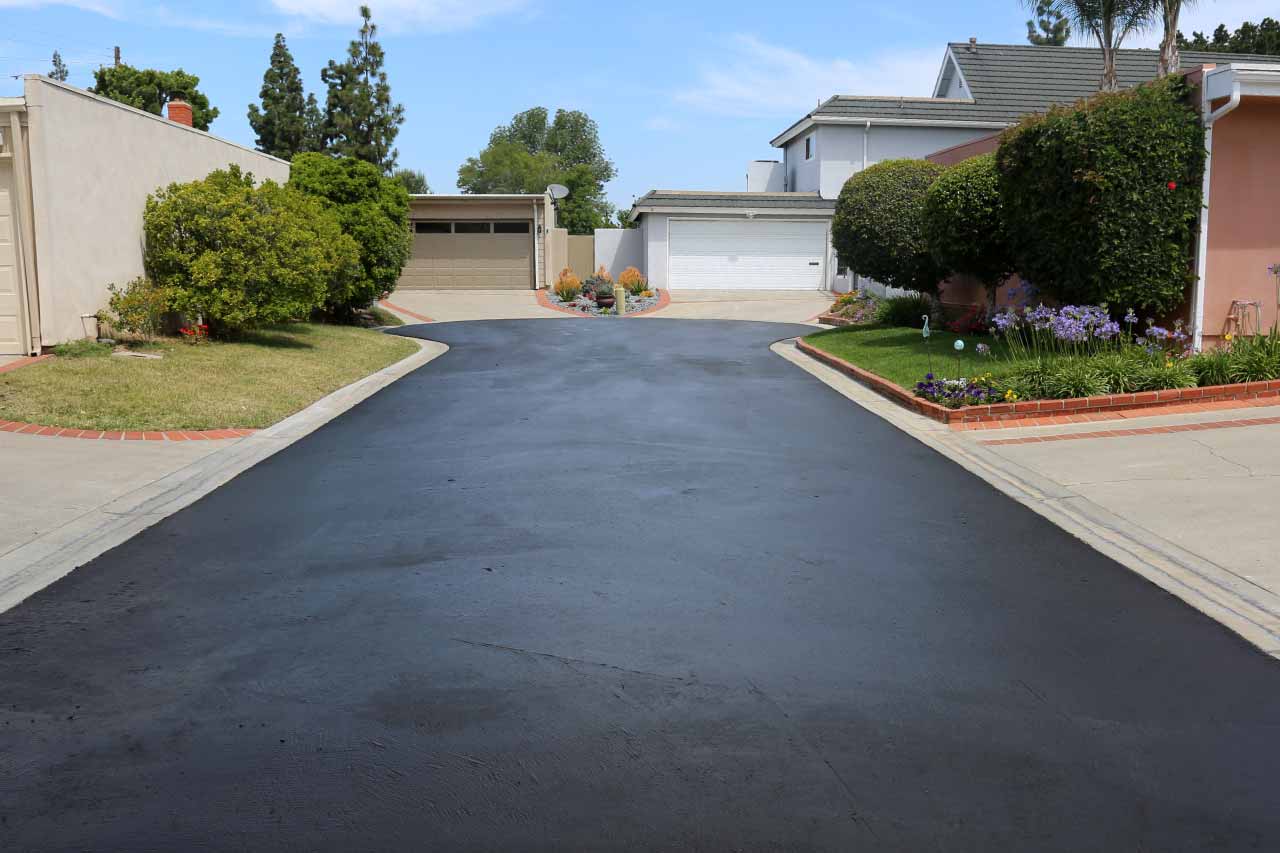




0 thoughts on “How Long After A Glass Of Wine Can I Drive”